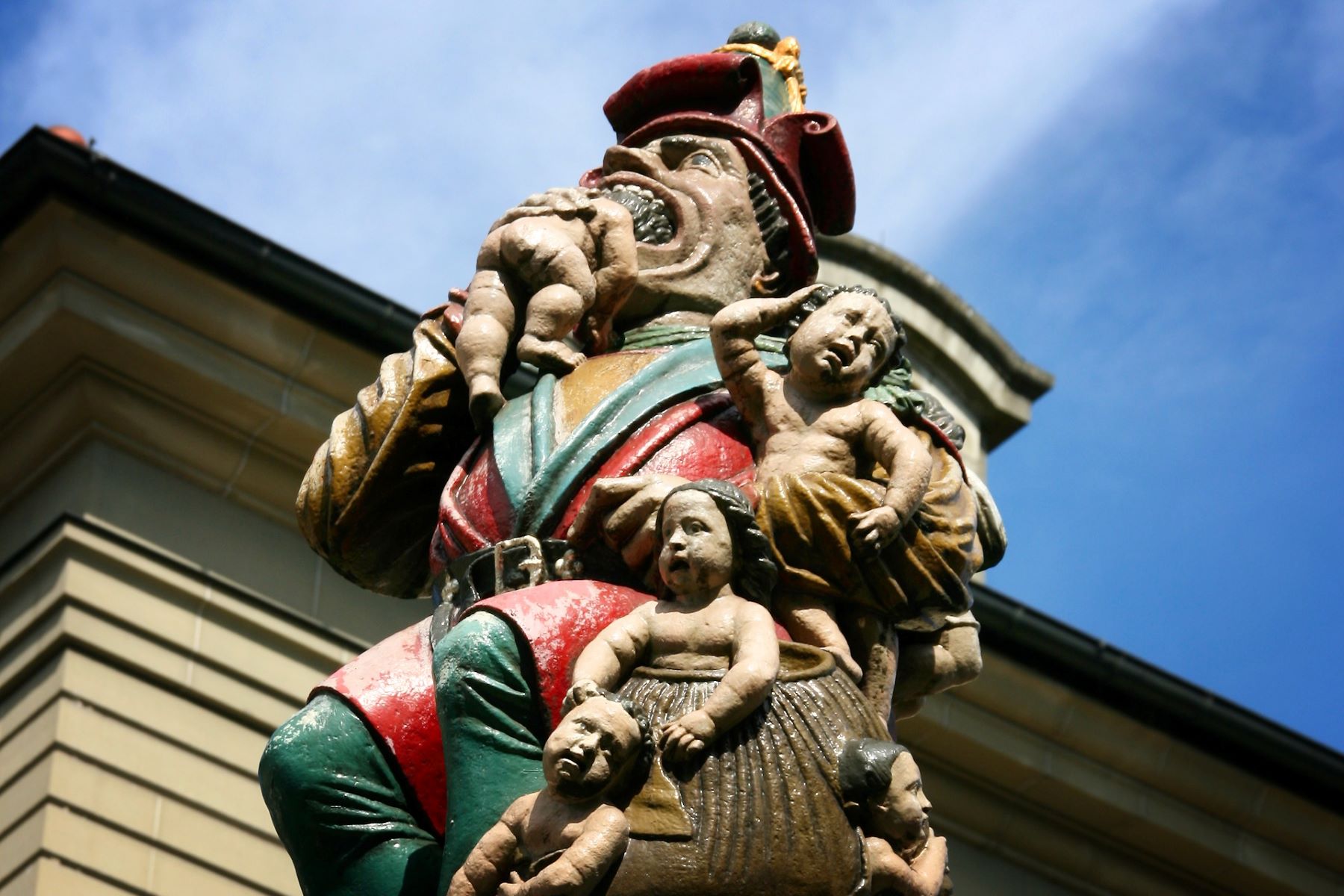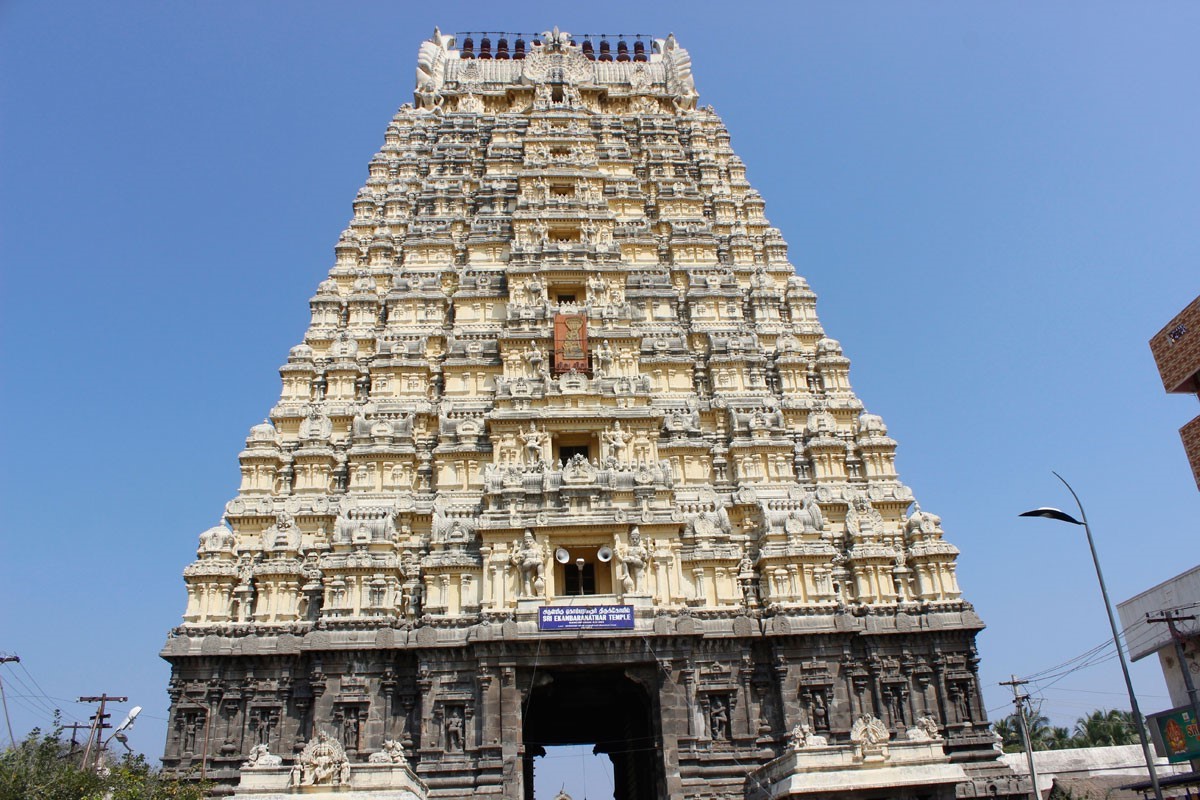
Why is the Child Eater Fountain so creepy? The Child Eater Fountain in Bern, Switzerland, is a chilling medieval sculpture that has puzzled and terrified visitors for centuries. Created in the 16th century, this grotesque figure depicts an ogre devouring a child, with more children stuffed into a sack slung over its shoulder. The fountain's unsettling imagery has sparked numerous theories about its origin and meaning. Some believe it was a warning to children to behave, while others think it represents a historical figure or a mythical creature. Its eerie presence and mysterious backstory make it one of Bern's most intriguing landmarks.
The Child Eater Fountain: A Grim Landmark
The Child Eater Fountain, or Kindlifresserbrunnen, is a chilling yet fascinating landmark in Bern, Switzerland. This eerie statue has intrigued and horrified visitors for centuries. Let's dive into some intriguing facts about this unsettling monument.
Historical Background
Understanding the history behind the Child Eater Fountain adds depth to its eerie presence.
- The fountain was built in 1546. It has stood in Bern for over 470 years, making it one of the city's oldest public fountains.
- Hans Gieng, a Swiss Renaissance sculptor, created the statue. Gieng was known for his detailed and expressive works, and the Child Eater Fountain is no exception.
- It replaced an older wooden fountain. The original fountain dated back to the 15th century but was replaced due to wear and tear.
- The fountain was commissioned by the city council. They wanted a grander, more durable structure to replace the old wooden one.
The Statue's Design
The design of the Child Eater Fountain is both intricate and disturbing, capturing the imagination of all who see it.
- The statue depicts an ogre eating a child. The ogre is shown in the act of devouring a child, with more children in a sack slung over his shoulder.
- It stands on a column adorned with bears. Bears are a symbol of Bern, and they are depicted climbing the column, adding a local touch to the fountain.
- The ogre wears a pointed hat and medieval attire. This attire adds to the statue's historical and cultural context.
- The fountain is made of sandstone. This durable material has helped the statue withstand the test of time.
Theories Behind the Statue
Several theories attempt to explain the meaning and origin of the Child Eater Fountain.
- One theory suggests it represents Kronos. In Greek mythology, Kronos devoured his children to prevent them from overthrowing him.
- Another theory links it to a Jewish stereotype. Some believe the statue was meant to incite fear and prejudice against the Jewish community.
- A third theory posits it as a warning to children. It may have been intended to scare children into behaving well.
- Some think it represents a local folklore character. The ogre could be a figure from Swiss folklore, meant to embody a cautionary tale.
Cultural Impact
The Child Eater Fountain has left a lasting impression on both locals and visitors.
- It is a popular tourist attraction. Despite its grim appearance, the fountain draws many visitors each year.
- The statue has inspired various artworks. Artists have recreated the image in paintings, drawings, and sculptures.
- It is featured in local legends and stories. The fountain has become a part of Bern's cultural narrative.
- The fountain is a subject of academic study. Historians and scholars analyze its significance and origins.
Preservation Efforts
Maintaining such an old and unique monument requires ongoing efforts.
- The fountain has undergone several restorations. These efforts ensure it remains in good condition for future generations.
- Modern technology aids in preservation. Techniques like 3D scanning help experts monitor the statue's condition.
- Local authorities prioritize its upkeep. The city of Bern allocates resources to maintain this historical landmark.
- Public awareness campaigns support preservation. Educating people about the fountain's importance helps garner support for its maintenance.
Modern Interpretations
Contemporary views on the Child Eater Fountain vary widely, reflecting changes in societal attitudes.
- Some see it as a piece of dark humor. The grotesque imagery can be interpreted as a form of medieval satire.
- Others view it as a historical curiosity. Its age and mysterious origins make it an intriguing subject for history buffs.
- It serves as a reminder of past prejudices. The statue's potential links to anti-Semitic stereotypes highlight the importance of understanding and overcoming historical biases.
The Fascinating Legacy of the Child Eater Fountain
The Child Eater Fountain in Bern, Switzerland, remains one of the most intriguing landmarks. Its mysterious origins and gruesome depiction continue to captivate visitors. Some believe it represents a warning to children, while others think it symbolizes a darker part of history. Despite its unsettling appearance, the fountain has become a significant part of Bern's cultural heritage.
Whether you're a history buff or just curious, the Child Eater Fountain offers a unique glimpse into medieval art and storytelling. Next time you're in Bern, make sure to check out this fascinating piece of history. It’s a reminder of how art can provoke thought and stir emotions, even centuries after its creation.
So, what do you think? Is it a cautionary tale or something more sinister? Either way, it’s a story worth pondering.
Was this page helpful?
Our commitment to delivering trustworthy and engaging content is at the heart of what we do. Each fact on our site is contributed by real users like you, bringing a wealth of diverse insights and information. To ensure the highest standards of accuracy and reliability, our dedicated editors meticulously review each submission. This process guarantees that the facts we share are not only fascinating but also credible. Trust in our commitment to quality and authenticity as you explore and learn with us.


